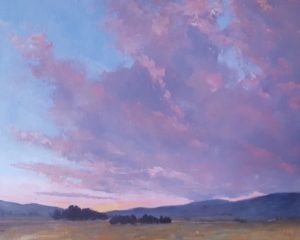Sacred is an old word, one that means, among other meanings, “consecrated” or “set apart.” While we may appreciate or associate this meaning with a church or temple, we can recognize it, too, in certain of our shared places. We have Wilderness Areas, National Parks, National Monuments, World Heritage Sites. These places have been set apart. More than set apart, they are celebrated. All of our ribbon cuttings and formal declarations surrounding these appointed sites are acts of consecration. This is part of who we are as peoples. Seek Shangri-La or stand in the valley of the Little Big Horn, and the earth and what is in the earth and what has happened on the earth will touch you.
And yet, each of us harbors our own sacred places. There may be a wood or field where we played as children or a sidewalk where we once felt loved. There may be a canyon we discovered on our own but where an ancient people etched signs into stones. There may be a bookshelf or cabinet dressed in tokens of our dead. Or a clearing beside a river where we have convinced ourselves that only we have sat. We might consecrate all of these places with a thousand rituals of the heart. We might sit quietly inside of them. We might stack a handful of stones. We might leave offerings of flowers or sticks configured into prayers. We might, like some fishermen I know, dip our hands into each new river. Or we might slip another stone into our pocket and later set it in a bowl among other stones, ones we have harvested from places we have loved. With each trip, with each stone we give pause at our beginnings to reaffirm our future. This is what a sacred place and our rituals grant us. We enter a space of our fullest presence.
 “Country roads”
“Country roads”